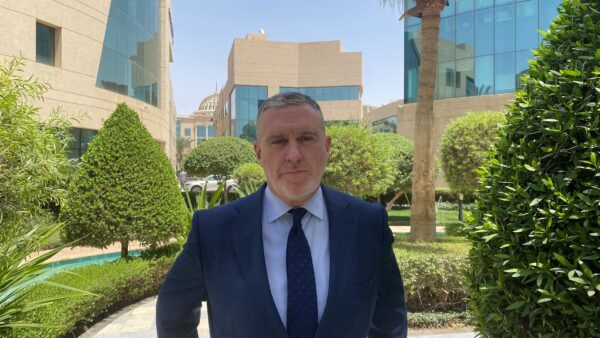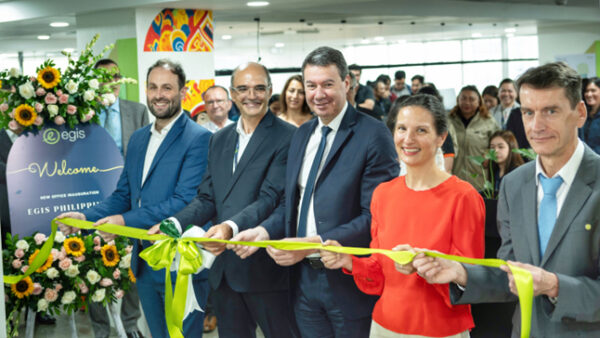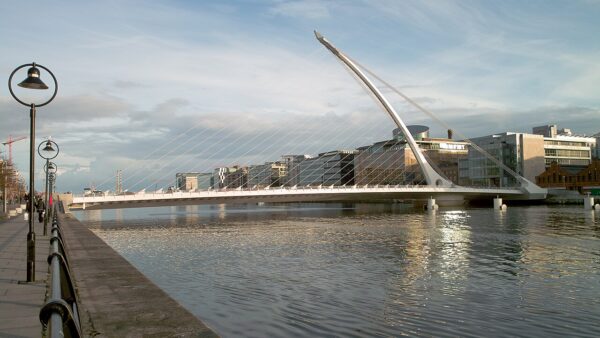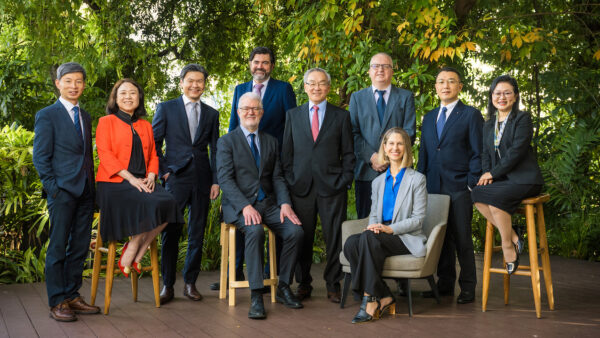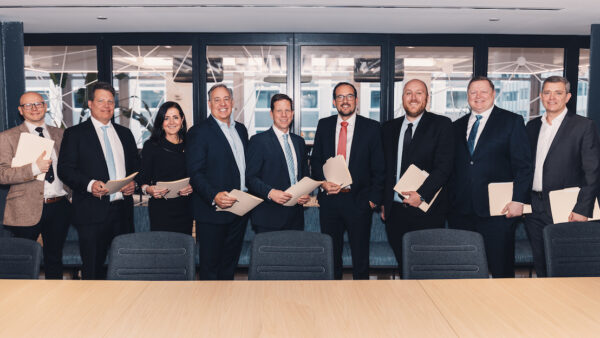9 April 2014
After a difficult three years South African construction firm Murray & Roberts wants to redefine its future by doing different things in different places.
It has already launched a “hub and spoke” strategy to expand in African growth markets, but now the 112-year-old South African stalwart has appointed a global strategy consultant to help it shape a new future that includes what it calls “the possibility of a quantum leap” into “a completely new era”.
The firm will consider shifting its focus from construction and onto the more profitable areas of engineering, operations and maintenance.
It will look at what market sectors have the best future growth potential, including oil and gas, power and energy, mining and water.
And it will take a hard look at which parts of the world it should target and which are too risky for doing business.
The firm unveiled its strategy re-think when it announced its results for the six months to 31 December 2013, the first half of its current financial year, at the end of February.
In that period the group’s profits were just over $69m (R724 million), up from $25m in the previous period.
Much of that boost was thanks to sales of operations including the group’s construction products businesses, but still, the firm is feeling much better after a three year recovery and growth plan.
“Murray & Roberts is in a far stronger position now than it was three years ago,” said group chief executive Henry Laas in the firm’s magazine last month.
“We are thus not in need of an urgent intervention as we were in 2011, but we know that when businesses stop moving forward they stagnate, so we have set ourselves a deadline to have the New Strategic Future well defined by no later than June 2015.”
The strategy consultant will help the firm look to the future in three different ways. First, should Murray & Roberts shift away from the relatively unprofitable business of building things?
“Currently about 80% of our business is in the construction space which is really very difficult to differentiate yourself in,” Laas said in a conference call after announcing the results.
“It’s like a commodity, and for that reason it is very competitive, it is very low margin, and we believe that we can enhance value if we increase our participation in other segments of the value chain, in other words into the engineering space and more so in the operations and maintenance as well.”
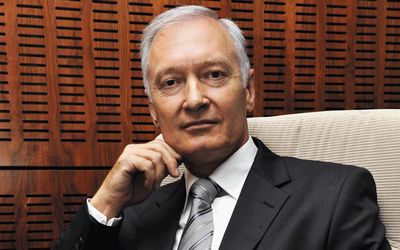
Henry Laas, Murray & Roberts group chief executive
That means the group must examine whether it has enough engineering capability, intellectual property or research and development capability to climb higher up the value chain and, if not, how to get those things.
Second, which market sectors offer the greatest growth potential? And third, which parts of the world?
“When people talk about Murray & Roberts,” Laas said in the conference call, “we should understand that Murray & Roberts is not only a South African construction company. We operate globally and the regional [Africa] businesses contribute 20% of our EBIT at this stage.”
The company’s growth plan does include Africa, however.
“We have a plan for Africa,” said Laas in the conference call. “We refer to our strategy as a hub and spoke plan.”
For West Africa, Ghana is the hub, and the company will work from its office there into neighbouring countries. Similarly for Central Africa, Zambia is the hub, with Murray & Roberts’ office in Kitwe. Last month the company opened an office in Maputo in Mozambique.
Obstacles
By Laas’ own admission, there are big obstacles in the way of any new strategic direction: outstanding claims on troublesome projects together now lock up around $191m of cash (R2 billion of) – almost 20% of the Group’s market capitalisation.
Those troublesome projects include a liquefied natural gas facility in Australia -Â the Gorgon Pioneer Materials Offloading Facility (GPMOF) -Â which has been hit with geological, weather and productivity problems; the Dubai International Airport; and the mass transit Gautrain project, to which three separate claims are attached.
On the Gautrain, one claim concerns water ingress and Laas admitted the firm did not know yet what the technical solution might be.
“These outstanding claims are significant and the delay in settling these claims could impact the rate at which we are able to grow Murray & Roberts,” Laas said.
He added: “Our legal position on all three claims is strengthening as time moves on. However, we are hoping to expedite settlement of the two international claims by attempting resolution outside of the legal processes.”
Meanwhile, Laas said he was in no rush to finish the future strategic plan.
“I said it many a time that if we don’t have a clear plan by June 2014… that is also fine for me,” he said in the conference call. “It is more important to me at this stage for us to get the right plan for Murray & Roberts moving forward.”





